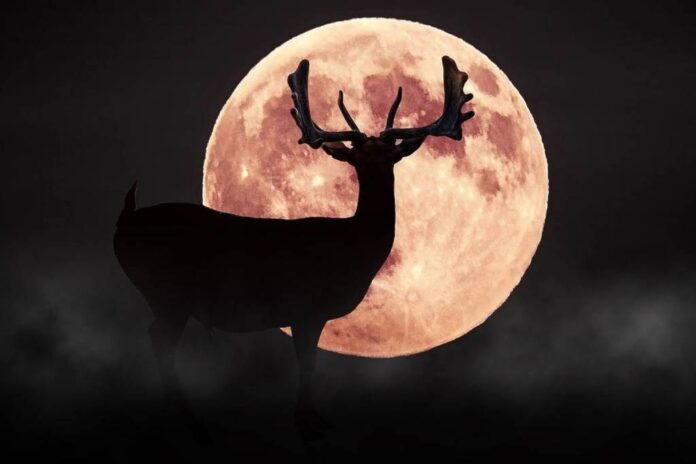The Buck Moon, July’s full moon, is set to dazzle stargazers across the world tonight, offering a breathtaking display thanks to a rare combination of orbital events.
The full moon will reach peak illumination at 4:36 p.m. EDT (2036 GMT) on July 10 but will become visible as it rises above the southeastern horizon after sunset, around 8:53 p.m. local time in New York. Keep in mind that the exact time will vary by location.
“The nice thing about the full moon is it looks full for about a day on either side of it,” said Noah Petro, chief of NASA’s Planetary Geology, Geophysics and Geochemistry Laboratory. “So, if you miss it on the 10th, the night of the 11th it will also look fairly full.”
Firebombing Attack in Boulder Turns Deadly as Charges Upgraded to First-Degree Murder
What Makes the 2025 Buck Moon Unique?
This year’s Buck Moon is no ordinary lunar event. Not only does it fall close to the summer solstice, which gives the sun its highest path in the sky, but it also coincides with a “Major Lunar Standstill.”
This rare phenomenon, caused by the gravitational pull of the sun, increases the moon’s orbital tilt, leading to a very low trajectory across the southern horizon.



